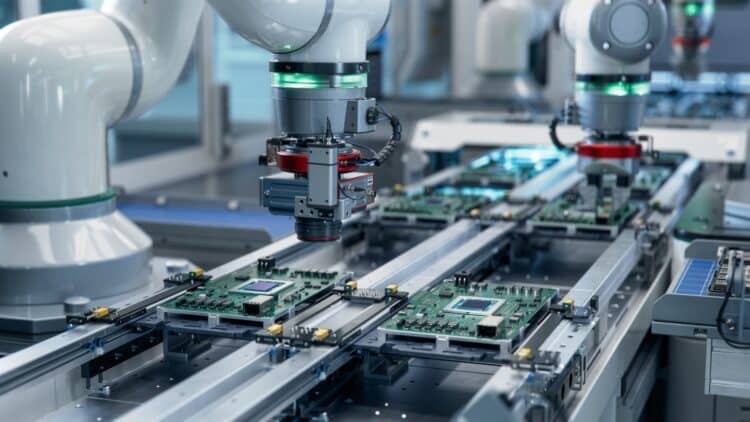The uncertain future of US industrial infrastructure continues to be a hotly debated topic. Now add Elon Musk, the man behind companies such as Space X, Tesla, and X (formerly known as Twitter), to the equation. He is known for taking on projects that defy logic… for better or worse.
Now, one of Silicon Valley’s most influential figures, venture capitalist Marc Andreessen, has nominated him for the biggest and most ambitious job imaginable in the Western world. No, he doesn’t want him to run for president of the United States (thank goodness!). Andreessen has proposed putting Musk in charge of a massive $10 trillion program aimed at reindustrializing the United States. But why would the richest nation in the world need an industrial rescue plan of this scale? Well, because there’s a new sheriff in town, and his name is China.
The reality of industrial transformation
Despite popular belief, US industry has not collapsed, but has been dismantled over decades to move its factories overseas. This offshoring proved very costly. As the popular saying goes, if you raise crows, they will peck out your eyes. They were looking for lower labor costs and lighter regulations. All they achieved was a massive loss of jobs among the working class. Between 2002 and 2022 alone, the country lost approximately 2.4 million manufacturing jobs, roughly 17% of its industrial workforce.
Despite this job loss, the United States remains the world’s largest producer by value added. However, its focus has completely changed. Today, the US economy is primarily based on services; nearly 75% of its gross domestic product comes from the service sector, finance, technology, and software.
The problem with trying to revive mass manufacturing is not a lack of money, but structural obstacles: labor costs are extremely high, and skilled labor is scarce. The American population no longer wants (or knows how) to do the necessary assembly and maintenance work. In addition, regulatory and government infrastructure requirements are obstacles to building new plants. In other words, the country has regulated itself so much that it leaves no room for innovation and industry creation.
China’s Boom
The contrast with China, on the other hand, could not be more striking. US industry has undergone a transformation, but China has expanded massively and deliberately. Today, the Eastern titan has become the global factory par excellence, and is the world’s number one manufacturing producer. Its share of global exports skyrocketed from 0.8 percent in 1980 to an astonishing 20 percent in 2024.
The China ravaged by famine and poverty that we knew in the last century no longer exists; it has been replaced —in less than two generations— by a resilient country whose society is aggressively capitalist, much more so than today’s American citizens. This growth was not entirely organic, but rather the result of a centralized industrial policy. Today, China is already a leader in seven out of 10 strategic industries.
This economic supremacy poses a geopolitical vulnerability for the United States. That is why many investment magnates are urging the government to take action and reindustrialize the country. A country focused exclusively on services is vulnerable if it depends on imports for everything from advanced chips to rare earth magnets essential for motors and defense systems. The economic and military sovereignty of the United States is at stake if we don’t get our act together.
Key laws such as the CHIPS Act and the Inflation Reduction Act (IRA) offer multimillion-dollar incentives. The goal is to attract the construction of mega-factories (called fabs) on U.S. soil. And Musk is one of the few culturally Western entrepreneurs who is open to economic measures such as those taken by China. Musk’s experience at Tesla and SpaceX lies in building “vertically integrated manufacturing systems.” The question is, can private, disruptive leadership overcome the country’s structural problems?

